Leading up into 2016 / 2017 in the United States, there weren’t many kid-specific electric bikes to choose from. Haibike offers a few youth models in Europe, and decided to bring their SDURO HardFour 4.0 to the States in limited quantities. I was lucky enough to find one at the Electric Bicycle Center in Fullerton California, and speak with the co-owner Sam Townsend about all of the features and get some feedback from another dealer, Chris Head, from Lectric Cycles along with some of the shop staff as well. While we did not have a kid present to provide feedback… Sam had actually sold this bike to a family at one point and had some details to share from them. As it turns out, the young man who had purchased it decided to exchange it for a more full sized bike because he wanted a higher top speed. There’s a big emphasis on safety with the HardFour and that includes a more limited 12 mph top speed compared with all of the adult-oriented Haibikes that come in 20 mph or 28 mph variants. The frame is bright fluorescent yellow with reflective accents that should help alert drivers and other riders of a possibly less-experienced or situationally aware rider. Outside of the smaller frame, which only comes in one size for now, and the smaller diameter tires, Haibike also chose shorter crank arms, a shorter handlebar, and a shorter stem to provide consistency and proper fit. This is a very custom product, and that is reflected in the higher price point of $2,6k (which is a lot for most kids, and even many parents to spend). But for that money, you get the comprehensive two year warranty and full sized battery and motor that are used on many of the other SDURO models. I would expect that this e-bike could climb almost any mountain if you were to shift into a lower gear, and that it could easily exceed 30 miles per charge, even on the highest assist setting in off-road environments. It’s just so capable, and the hardware is coming from mainstream brands, even some of the nicer suppliers like Alex doing the rims, Shimano Acera for the derailleur, Schwalbe for the tires, and Tektro for the hydraulic disc brakes. I’d be excited to ride this bike if it came in my size… However, it does not come with a kickstand from what I could tell, there is no water bottle mounting point (because the frame is so small, it wouldn’t fit), and there are no rear-rack bosses… so it’s setup purely for recreational riding.
Helping to balance the frame out and keep weight low, both the motor and battery pack are mounted centrally at the bottom bracket and downtube. The Yamaha PW motor offers an impressive 80 Newton meters of peak torque and is one of the smoothest and quietest mainstream offerings. Sam told me that he has never had to service one of these, and that he sells quite a lot on the adult bikes. I noticed a plastic skid plate, chainring guard, and chain keeper all designed to enhance protection and keep the bike going… even if it tips or crashes. The battery pack is also well protected as it seats in from the left side and has frame tubing directly above and below. This pack can be charged on or off the bike and is going to fill quickly with the included 4 Amp charger, however, I feel that the charger is larger and heavier than most of the others in the space right now. It’s not my favorite, as even the plug design feels somewhat delicate and may click into the charging port and not release as easily if tripped over. Given that the bike is ~44 lbs with the battery and all accessories mounted, it’s nice to know that you can easily knock off ~6.4 lbs by removing the battery. For an ebike, that 44 lb mark is relatively light, but for a young person, it could still feel like a lot. As mentioned earlier, the battery is full sized and should be easy to replace if needed, because it’s the same design as other SDURO Haibikes are using. This is part of what you get for the extra money, a bike that will last and can be maintained over time. Haibike is well recognized and you should even be able to sell it on Craigslist if and when the original rider outgrows it.
Operating the bike is very intuitive. Once the battery is charged up and clicked into position, just press the green power button on the control pad, mounted near the left grip. It quickly blinks to life, showing one of three stats (battery level, range, and speed) and you can cycle through these menus by clicking the up/down arrow key. Range is especially cool because it provides realtime feedback for how far the bike might go based on the level of charge and chosen assist level. There are just three levels of assist to choose from, and that keeps things simple. There are no apps or special settings menus to get mixed up in. Just arrow up or down through Eco, Standard, and High based on the terrain, how hard you wish to work, and how fast you wish to go. Overall, the cockpit is clean and the display is fun and durable looking, but it could present more distractions than a young person is used to. This is probably true of most electric bikes, but one option that exists here is a light button which dims the display… so that might help a little with distraction. On the right hand side of the handle bar, you’ll find a traditional trigger shifter which has a clear window so you can see which gear is in use. I rarely look down at this sort of thing, but it could neat and educational for a new rider. I am glad they went with trigger shifters, a full nine speed cassette, and Shimano Acera component group because I believe kids can be very capable, and this is just better hardware. It shifts quickly, is easy to actuate compared to a grip shifter, and won’t go out of true as easily as something like the base level Shimano Tourney. Note that the Yamaha mid-motor does not offer shift detection like Bosch, and that a young person pedaling hard in the highest level of assist who decides to shift without easing off, will put strain on the chain, sprockets, and derailleur. I could see a need to replace these parts more frequently with less thoughtful use, so the best approach is to teach kids to ease off a bit when shifting, to reduce this strain and “mashing” result. The final hardware part that I wanted to touch on up at the cockpit is the adjustable-reach two-finger hydraulic disc brake levers from Tektro. This is exactly what you want for smaller, less muscular, hands. The brakes are great on this bike, and that’s important given the additional weight at play
In closing, this is a fantastic, exciting electric bike that any kid would be lucky to have. It’s overkill in so many ways, but it will last and should hold its value better. I guess overkill is a bit strong, it’s capable of handling true mountain bike terrain. It’s also going to be more comfortable than a lot of other products out there because of the high quality suspension fork and fuller tires. The fork uses air which keeps it lighter and allows for more adjustability. As a smaller guy myself, I was so happy to see this because often times, spring suspensions have limited or no adjustability and are set firmer than I would like. This fork also has lockout so you could increase stiffness and power transfer on flat paved surfaces. Hopefully this will not be the last or only youth oriented electric bike we see from Haibike and other companies in the United States. I loved riding bikes when I was a young guy myself, and this platform would have made it easier to tag along with adults and just go further. I didn’t have as much muscle strength back then and it felt like I was taking two steps or pedals for every single step or pedal that my parents were. Even as a cool, rugged, around-town bike, this thing would be a blast and very capable. It’s a dose of freedom, empowerment, and fitness for young people. And yes, you still get a great workout on pedal assisted electric bikes like this because you have to pedal and move (which increases heart rate and offers cardiovascular benefits) you can just go further and climb easier or fight the wind/snow easier. Big thanks to Haibike for partnering with me on this review and to the Electric Bicycle Center in Fullerton for helping me film the test rides. We had a blast on it and I hope some other young person has since purchased and is now enjoying the outdoors!
Pros:
- Haibike really emphasized safety with this electric bike without making it look lame, the bright yellow paint job flows from the frame all the way through the fork and some of the logos are done with reflective paint, the limited top speed of 12 mph still feels fast and fun (especially on trails) but might keep young riders from getting out of control with the adult speed of 20 mph and above on other full sized models
- The motor and battery system used here are full size, they offer the same incredible torque and long range as you’d get on the SDURO Yamaha powered bikes for adults, I’d estimate 30+ miles in even the higher settings on rough terrain
- Stopping is a big deal, and the right answer for mountain bikes is hydraulic disc so it’s great that they didn’t try to cut costs here, the Tektro brakes offer 160 mm rotors (plenty big for the 24″ wheel size) and the two-finger adjustable reach levers can be dialed back to fit smaller hands
- Haibike uses Bosch and Yamaha ebike systems but I think they chose well in this case because the Yamaha battery slides in from the side and allows for a super low top tube, which lowers stand-over heigh on the bike making it easier to approach
- The Shimano Acera drivetrain is several steps up from the base level offering which makes it quicker and more durable, the nine-speed cassette offers plenty of range for climbing or keeping up with adults and isn’t dumbed down for kids, this will be a great platform to learn on
- Electric bikes tend to be heavy because of the motor, battery, and reinforced frames… but weighing in at 44 lbs, the HardFour 4.0 is definitely on the light side (in part because of the air suspension fork), you can remove the 6.4 lb battery to make it even lighter when lifting, this is all good news for young riders who might not be as strong
- Excellent tires from Schwalbe, they should last longer and perform better than off-brand parts and are such a unique size at 24″ x 2.25″ which will provide great comfort and handling on mountain trails, just like full sized bikes, the smaller 24″ wheel diameter also lowers the frame height making the bike more approachable for petite riders
- Even though this e-bike uses the more basic Yamaha LED display, I still really like it! It’s easy to reach, offers the most basic feedback about speed, battery level, and assist level, but also has a range estimator so kids can learn to manage their battery and make it back without running low
- The motor and chainring are well protected by a large plastic skid plate and an alloy bash guard, these ensure that the delicate parts won’t get too beat up if the bike tips or gets high centered and the bash guard doubles as a guide to reduce drops (along with a plastic keeper above which helps clear pant legs as well)
- I’m not sure if the pedals were stock, but they offered great surface area and traction, being plastic, they might not cut shins as easily if a foot slips off while riding
- You get Alex Rims with reinforcement eyelets and slightly thicker 14 Gauge spokes so they should really hold up, it almost seems like overkill to me but perhaps they will do better if the bike tips a lot or gets crashed as kids learn?
- The Yamaha PW motor is very quiet and smooth, it uses a standard sized chainring and just blends in nicely, for people who might not be riding their own electric bikes but buying this for their child, it’s not going to be so annoying with a buzzing electronic whirring noise as many internally geared hubs and some other centerdrives
- It’s not just the frame size and wheels that were made smaller for this bike, the crank arms are also shorter along with the stem and handlebar so you get a comfortable, natural fit all the way across
- Sam, an electric bike store owner from Fullerton California, told me that he thinks the Yamaha motors are extremely reliable because he has never had to service one or the display, that’s nice given that a kid’s bike might take more abuse or be left out in the elements on occasion
Cons:
- None of the hardware on this bike is dumbed down, and neither is the price… spending $2,600 for a product that your child will likely outgrow in a few years could be too much for some parents (let alone kids, saving up for themselves)
- I have found that the base level Yamaha PW mid-motor has a limited RPM output that quits around 100 vs. 120 on Bosch and some others, this means you have to shift more actively to reach higher speeds and cannot spin as fast, if that’s your preference, without the motor cutting back and leaving you to do the work, it’s less of an issue here because of the 12 mph top speed
- Finding this electric bike could prove difficult in the United States because it was only introduced in 2017 in limited quantities, it’s great if you can find it at a dealer in person but you may have to buy from someone out of state and have it shipped which is less convenient for getting fitted and repairs + service down the line
- The battery charger is huge and heavy compared to most of the other drive system makers… but it does fill the pack faster at 4 Amps vs. just 2 Amps on most others
- For some riders, the 12 mph speed limit could be a bummer and create an early desire for an upgrade… it would be neat if Haibike could offer a way to change the top speed so parents could unlock the bike if they feel that their kids have advanced to that level of 20 mph of for smaller adults who want to buy this bike for themselves
- While it’s true that most high-end mountain bikes do not come with kickstands, I feel like that would be a useful accessory for this bike so your kid doesn’t drop it on its side all the time, it’s easy enough to remove a kickstand and I just feel like since this is one of the few youth-sized electric bikes even available right now, many people will use it for city riding and just going to school etc. where a kickstand might be useful, the HardFour 4.0 does have a unique mounting bracket but I’m not sure if or where you could buy this and which stands it would work with so I would probably go for a bolt on adjustable length design like this and try to make it work
- One minor gripe about the display panel is that it does not appear to let you switch from MPH to KPH so it must be region specific? For people who want to teach their kids metric or are more used to one system or the other, this could be annoying
Resources:
- Official Site: http://www.haibike.com/en/INT/home
- More Pictures: https://photos.app.goo.gl/RCOV3gB3tmsnATpI2

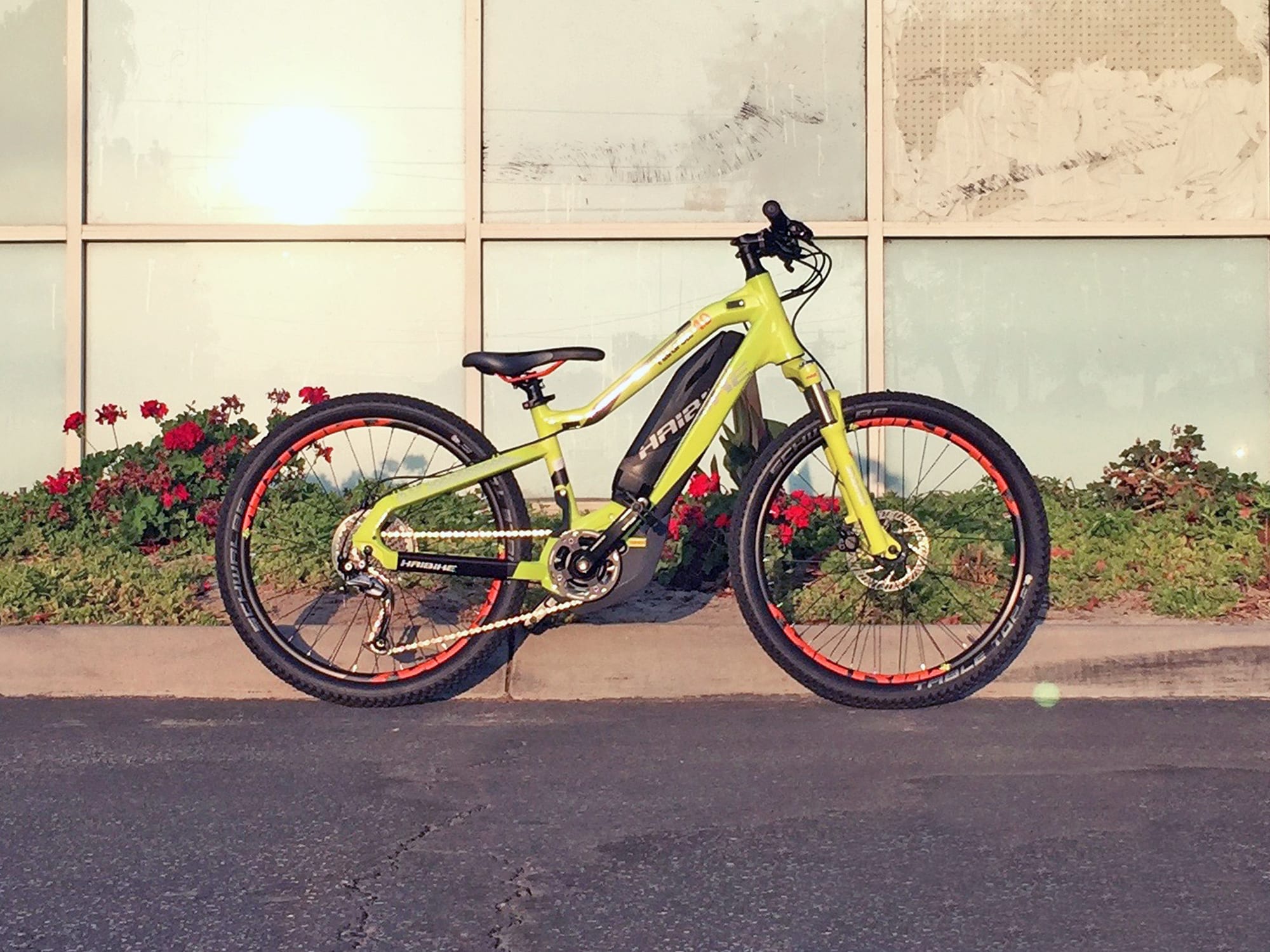
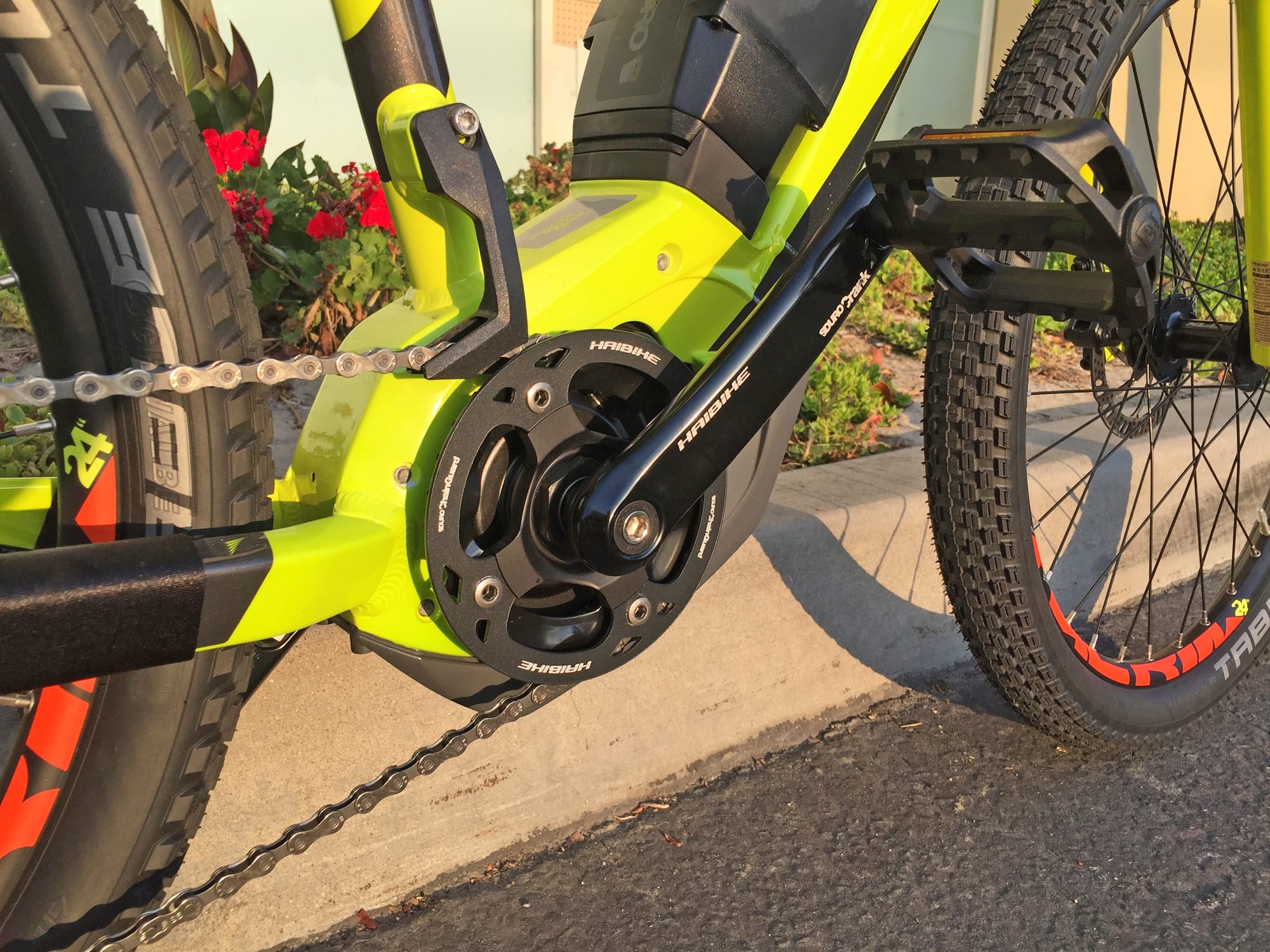
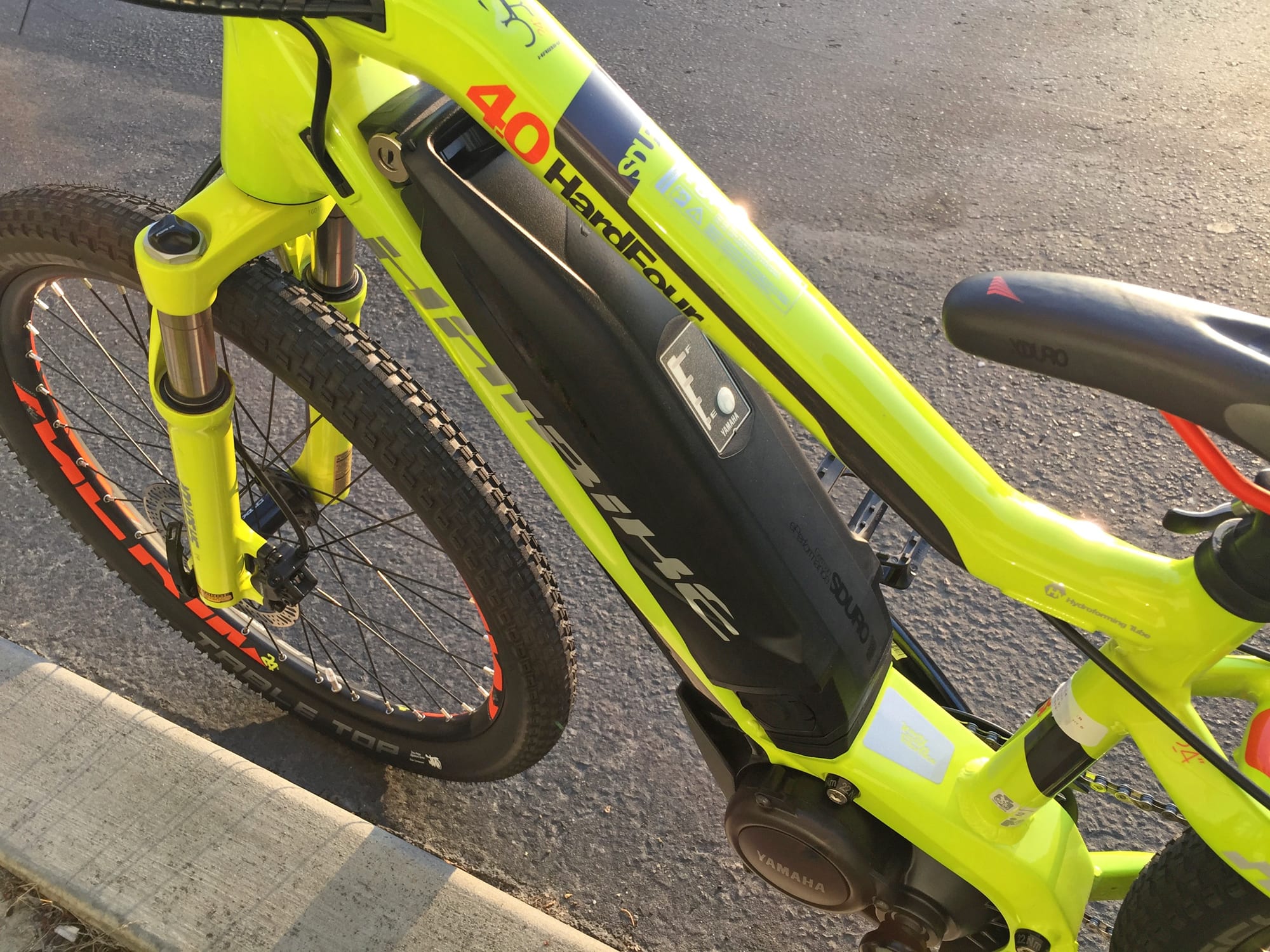
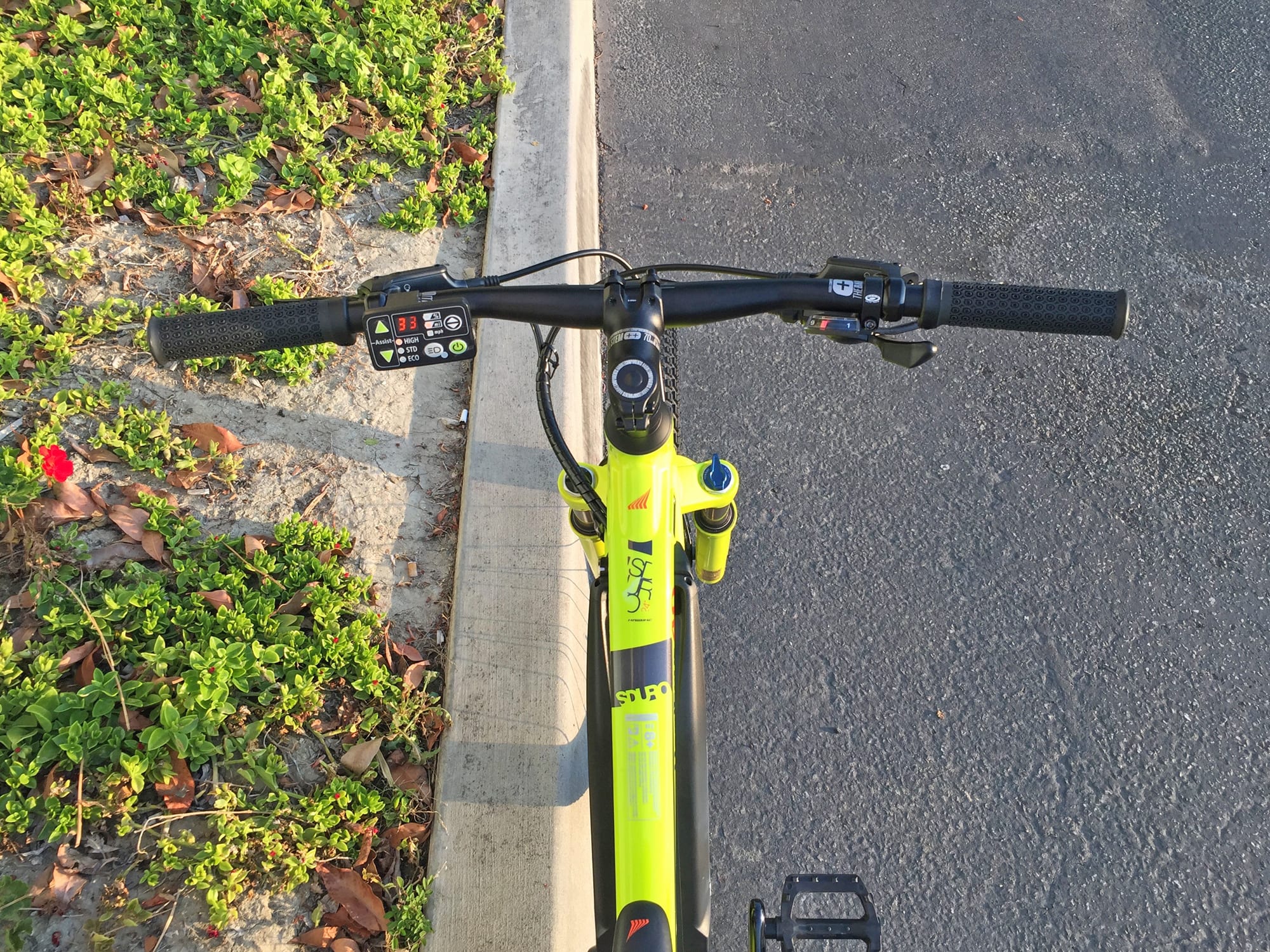
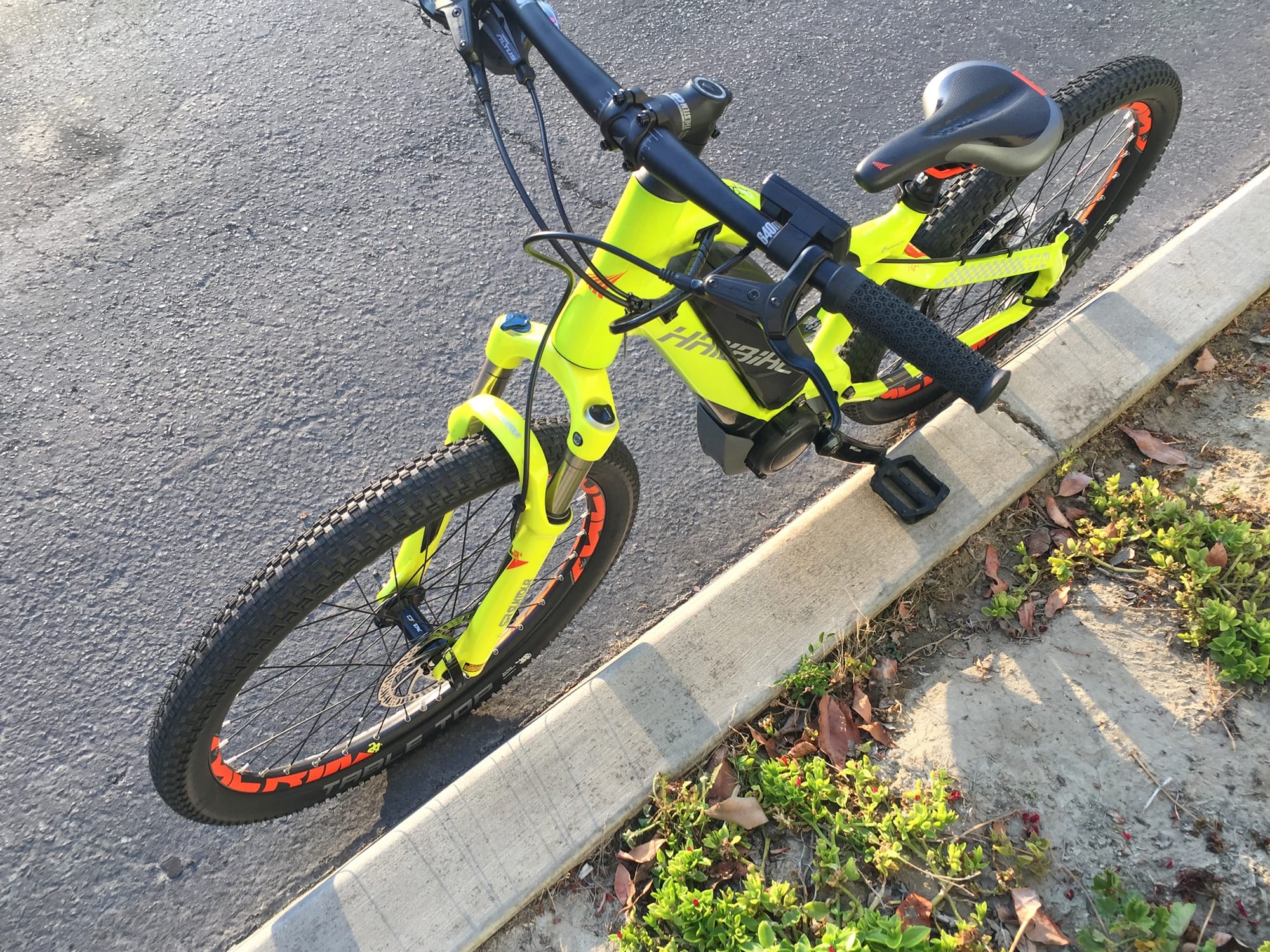
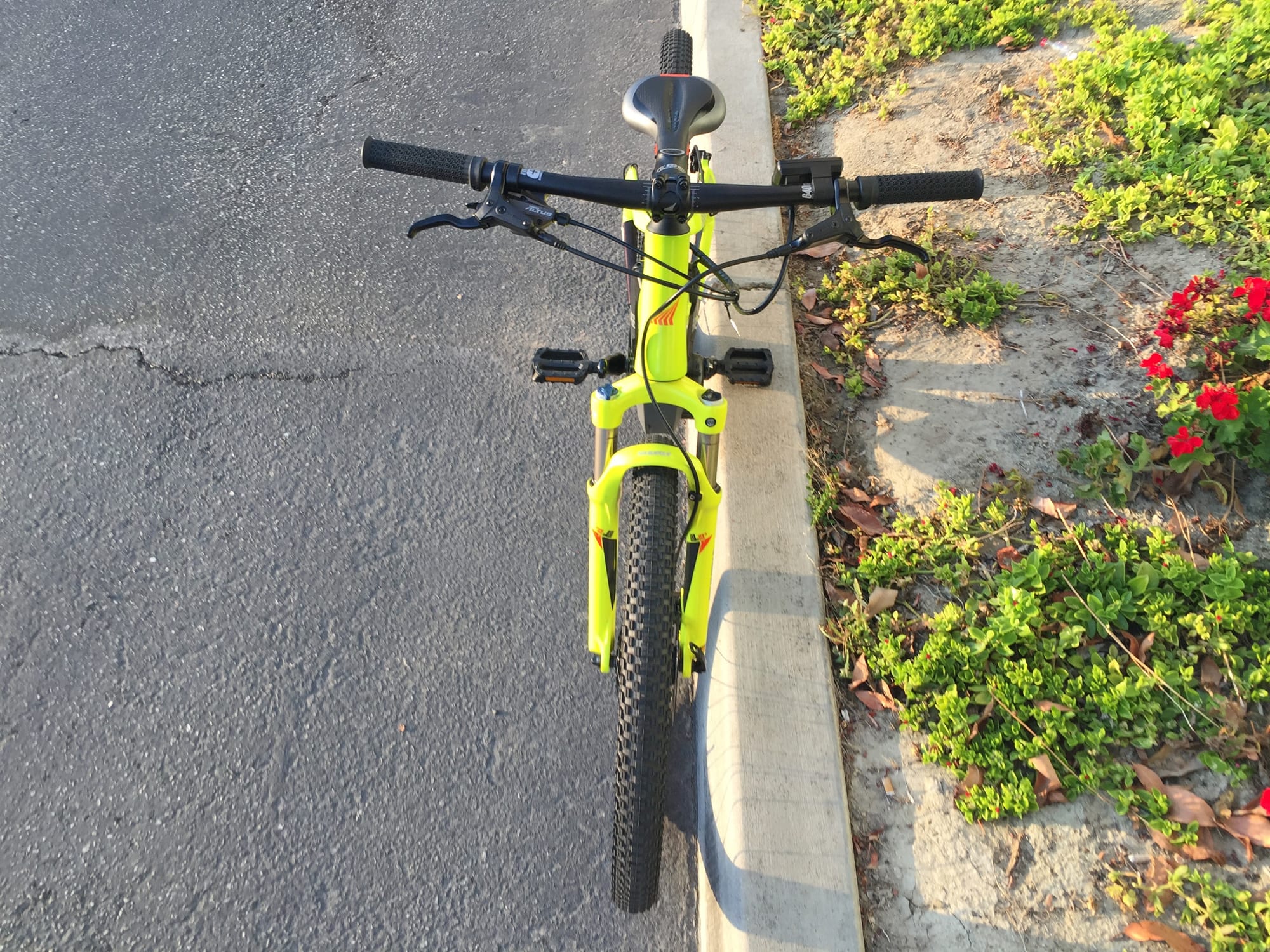
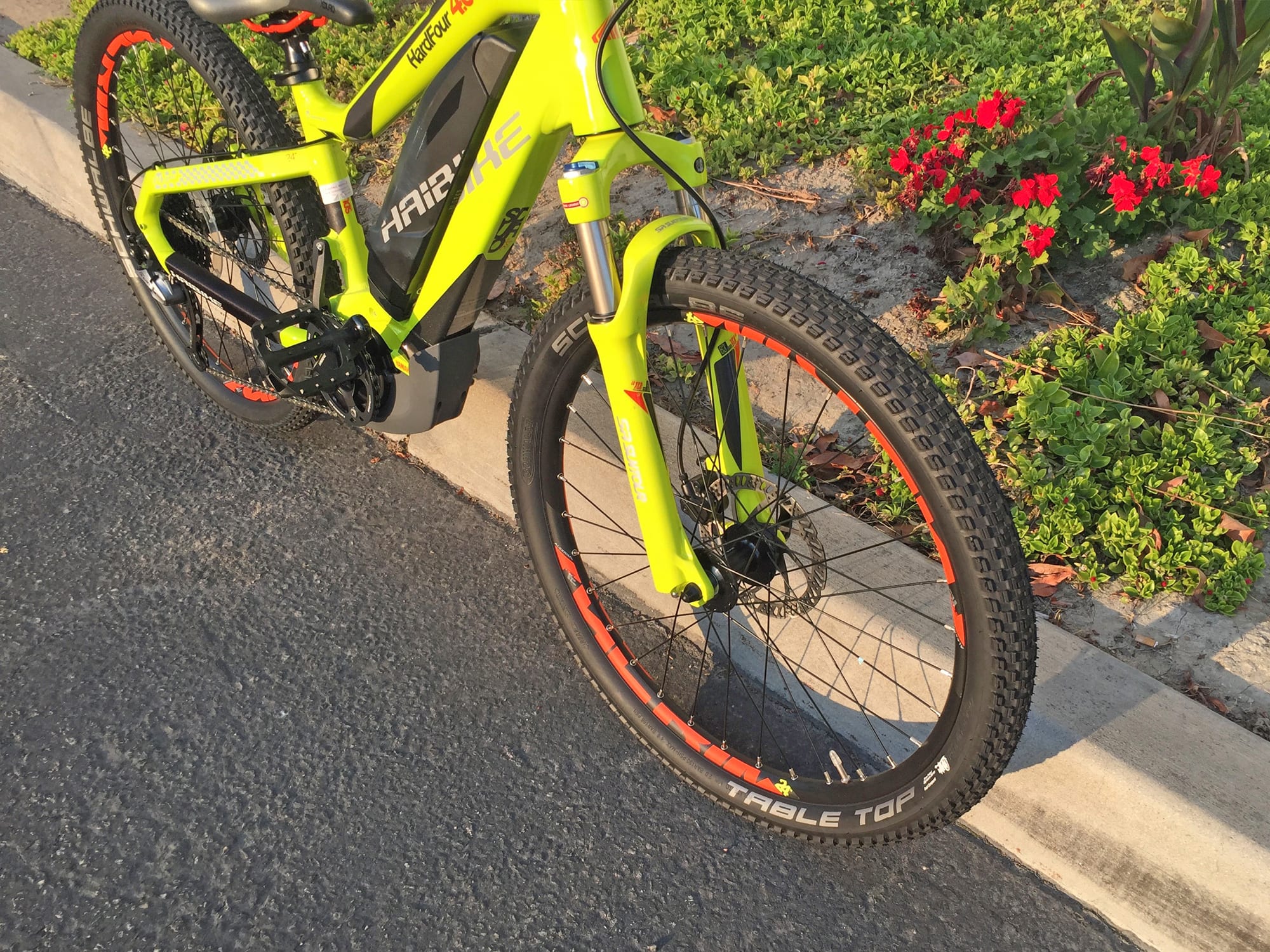
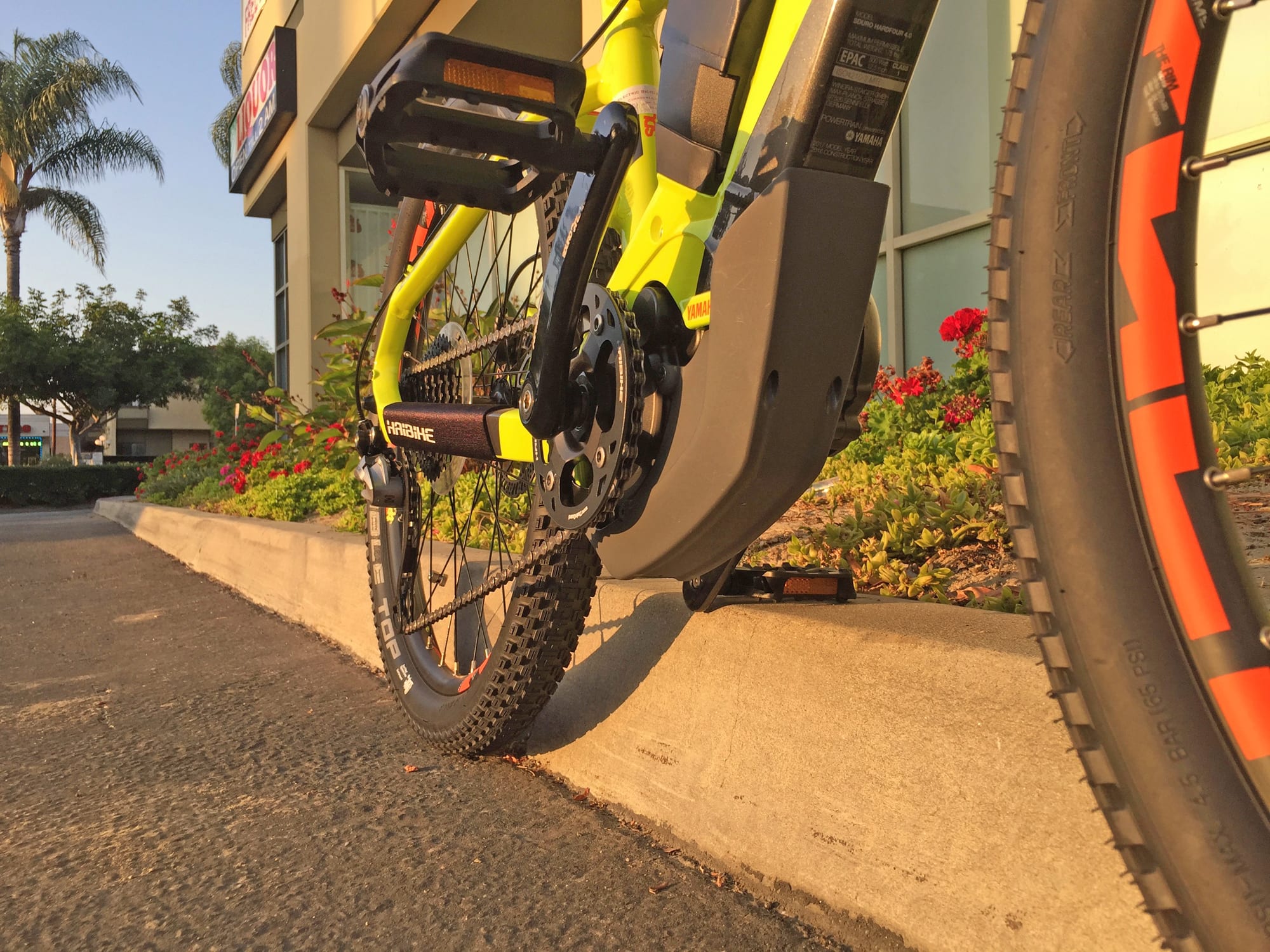
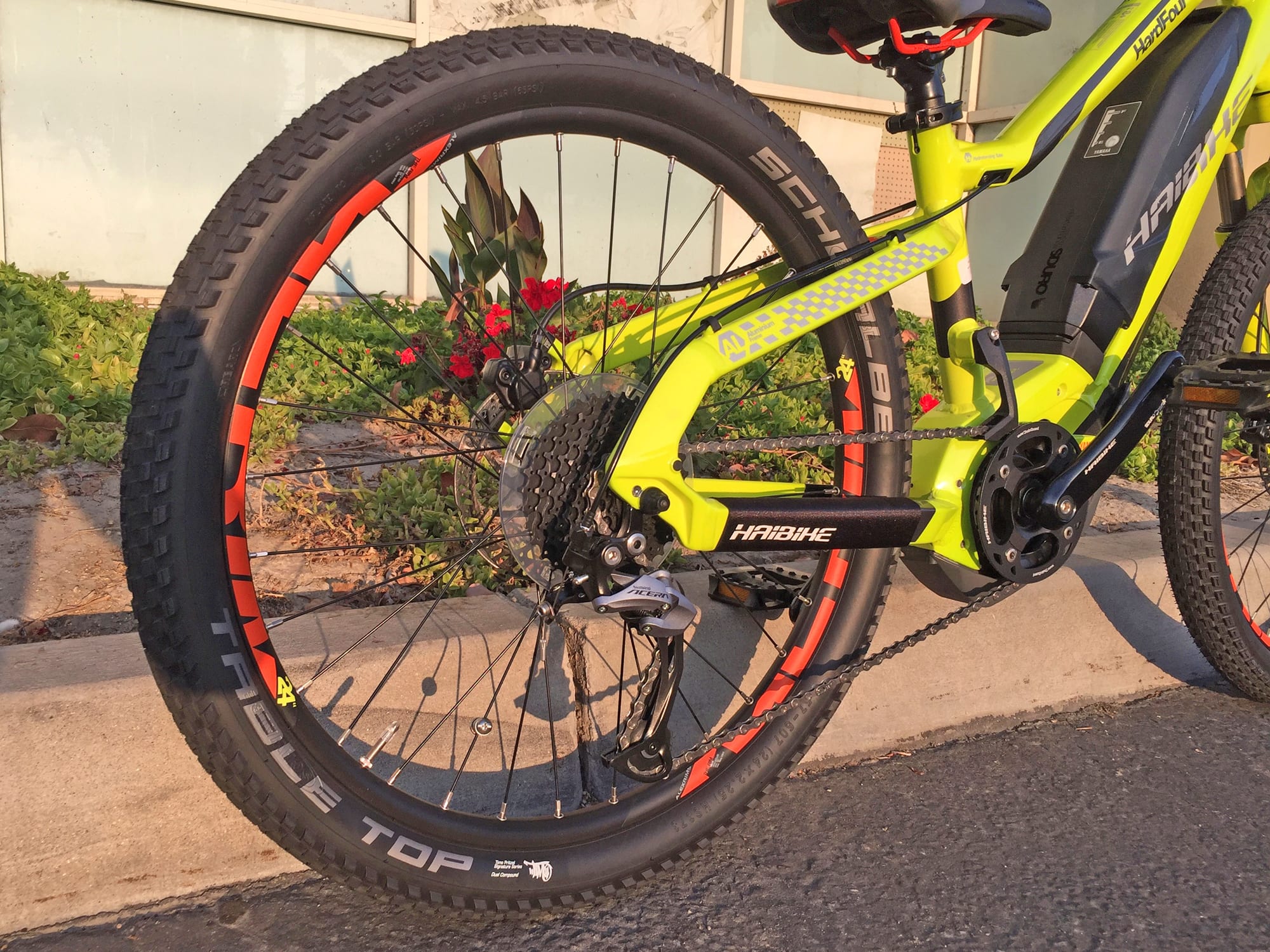
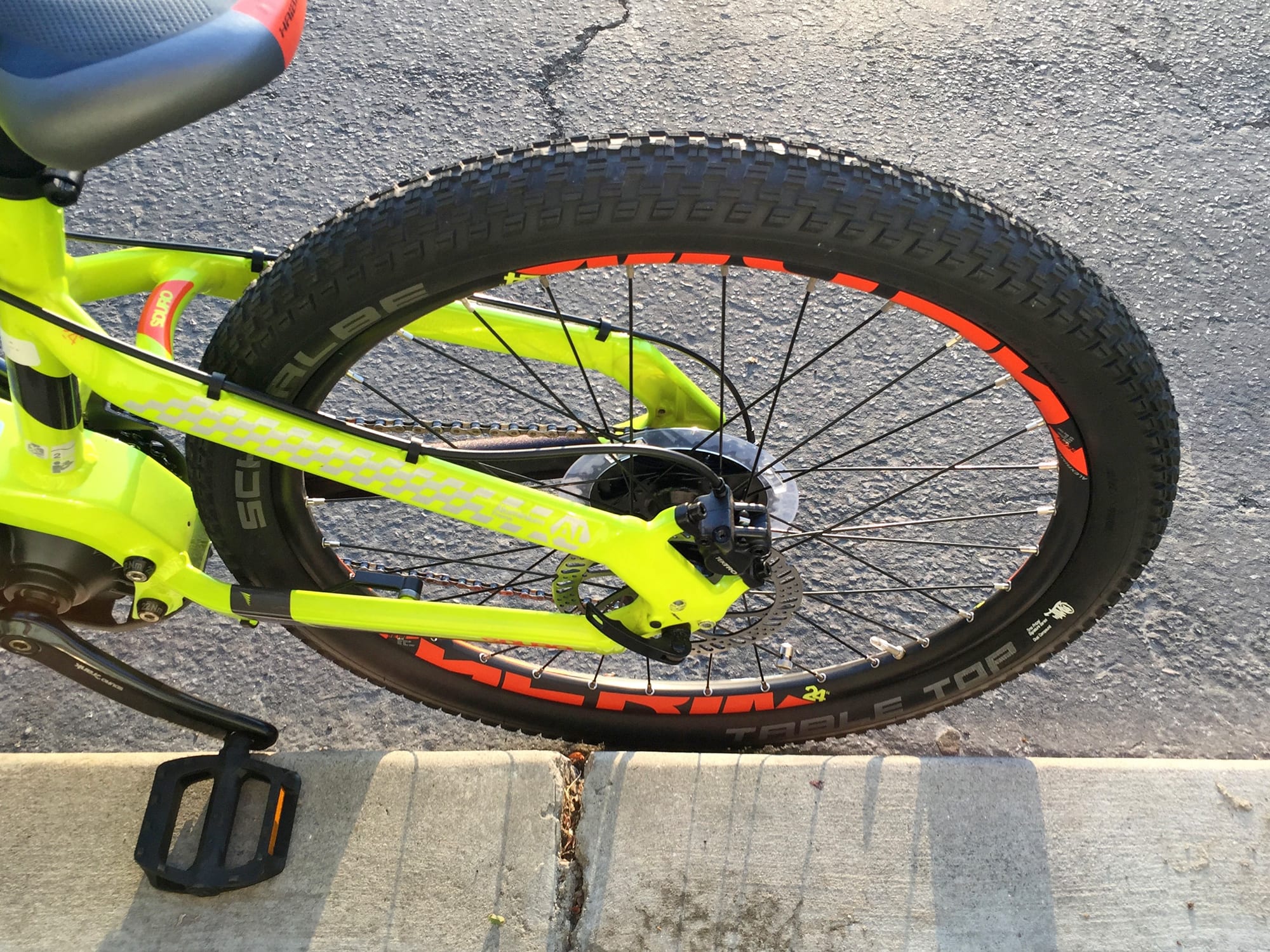
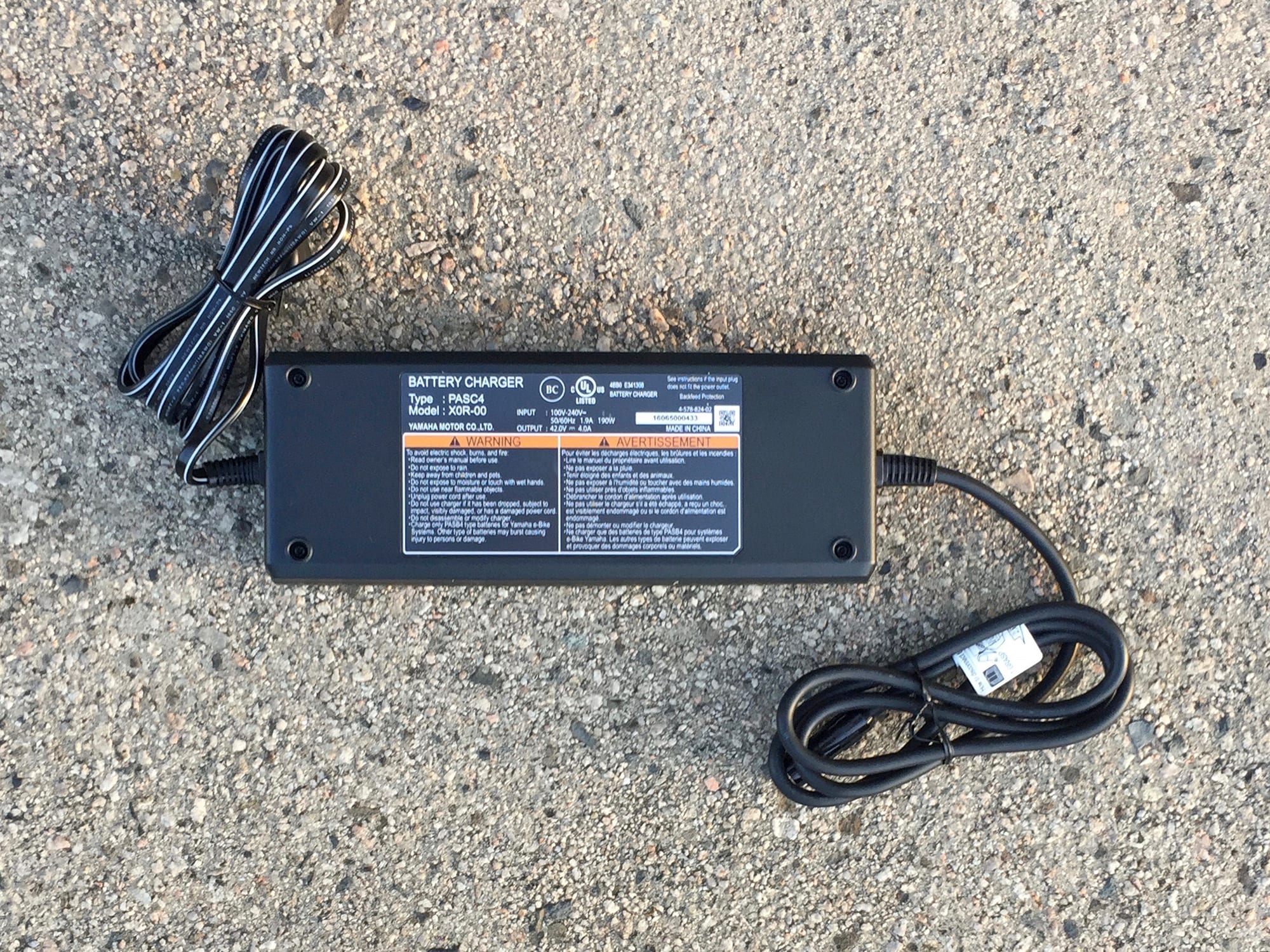

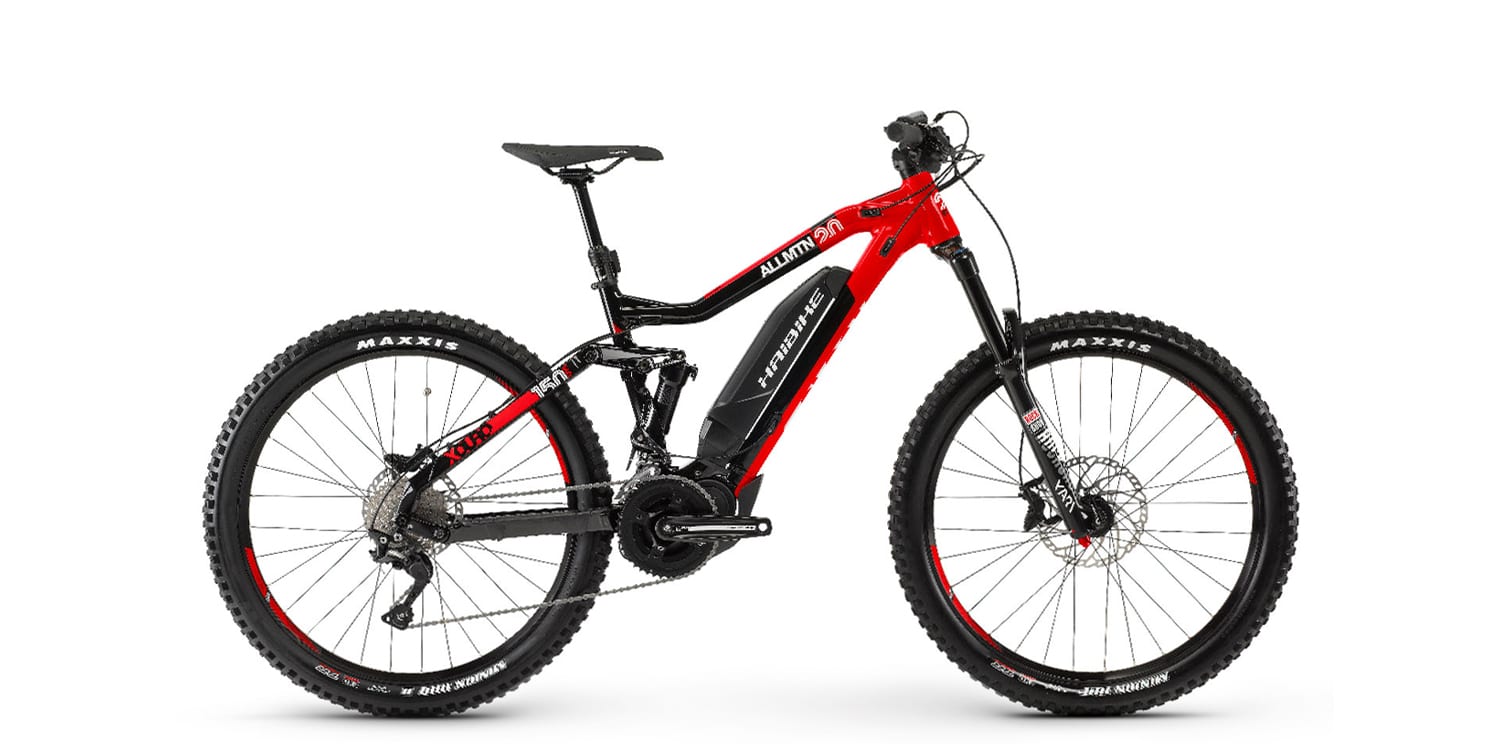
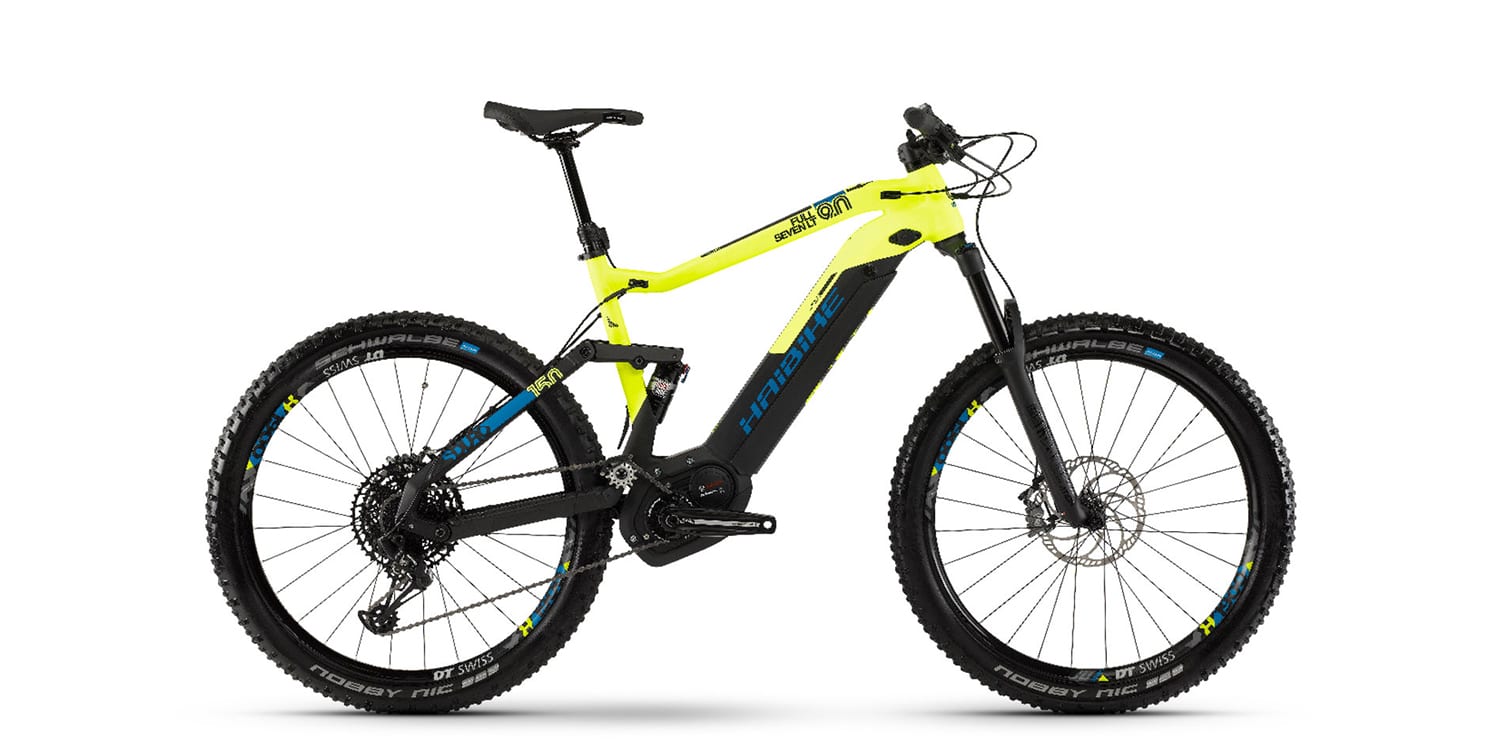
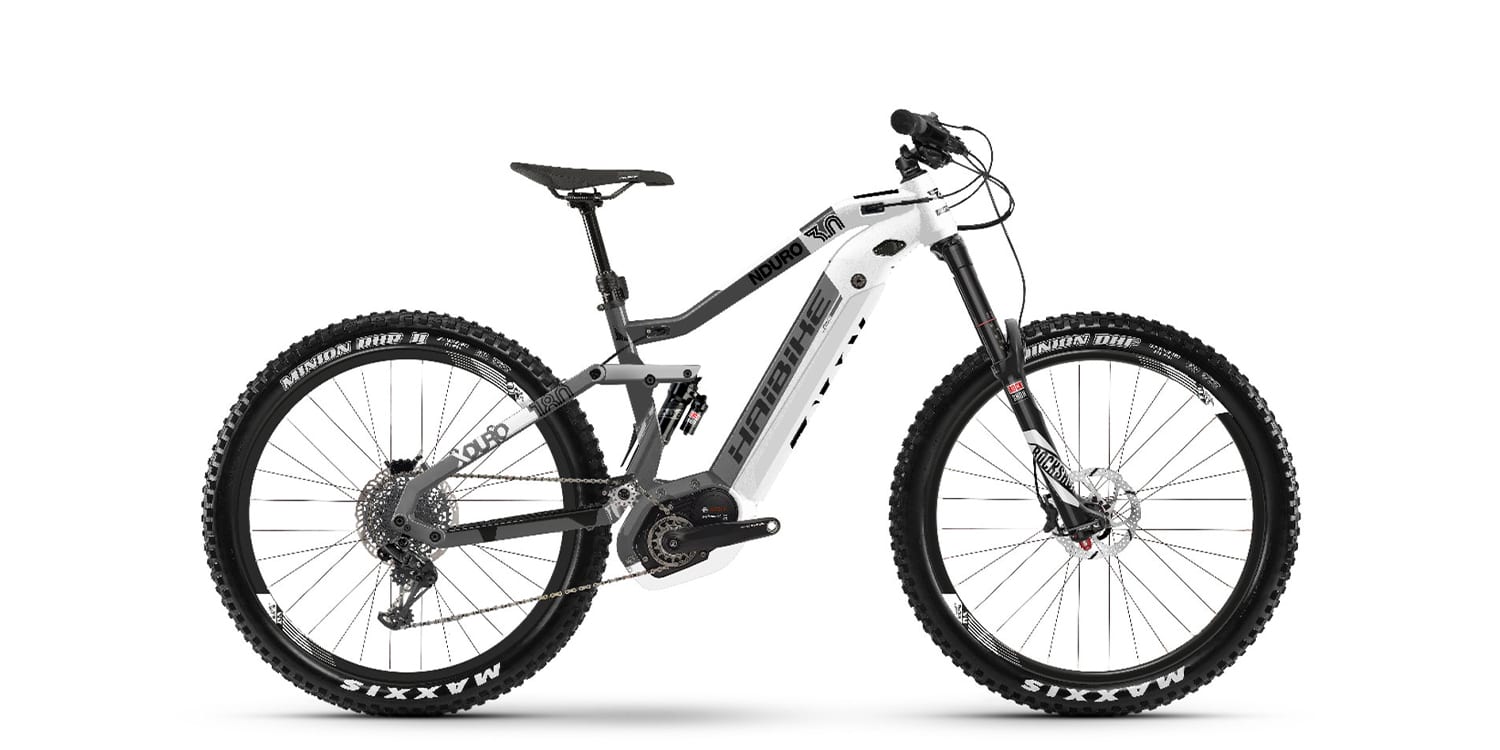
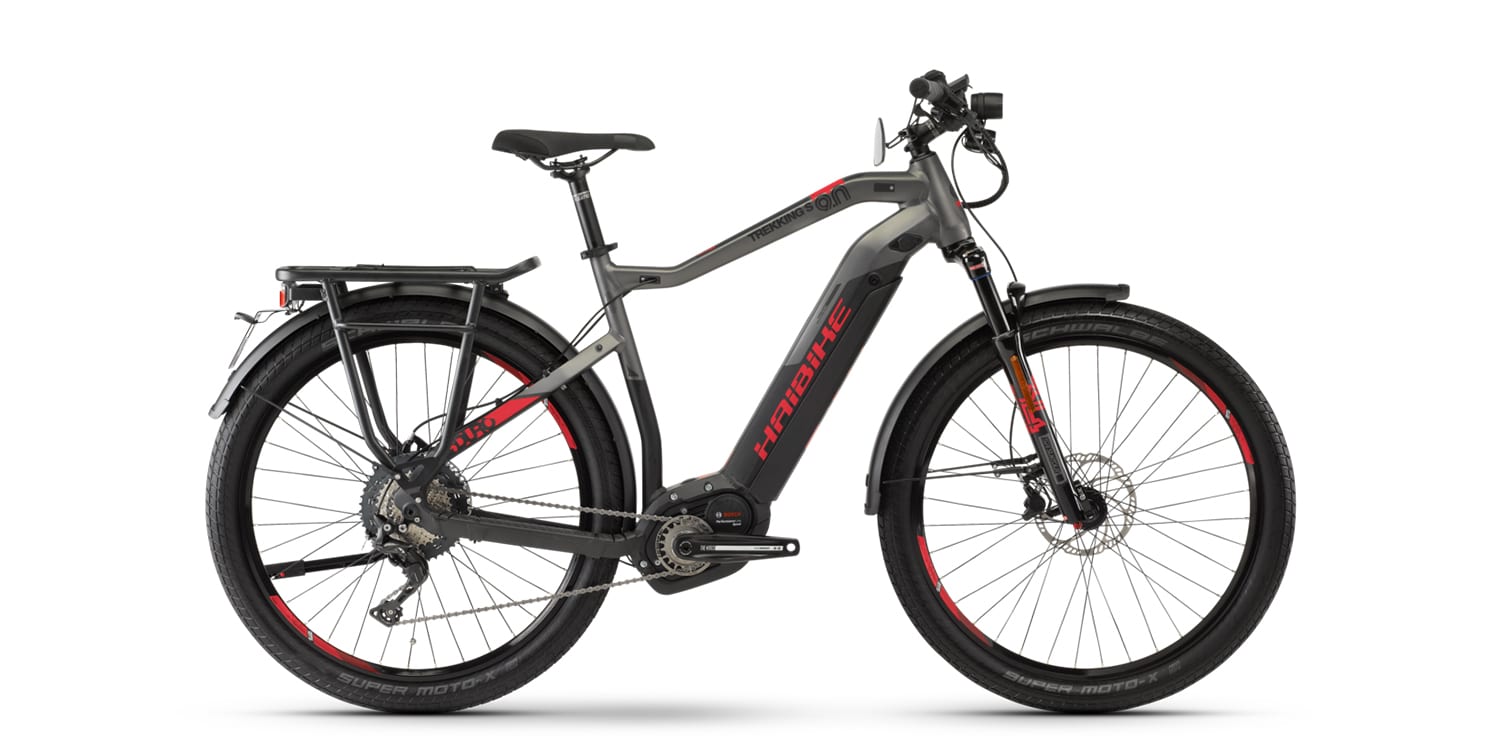
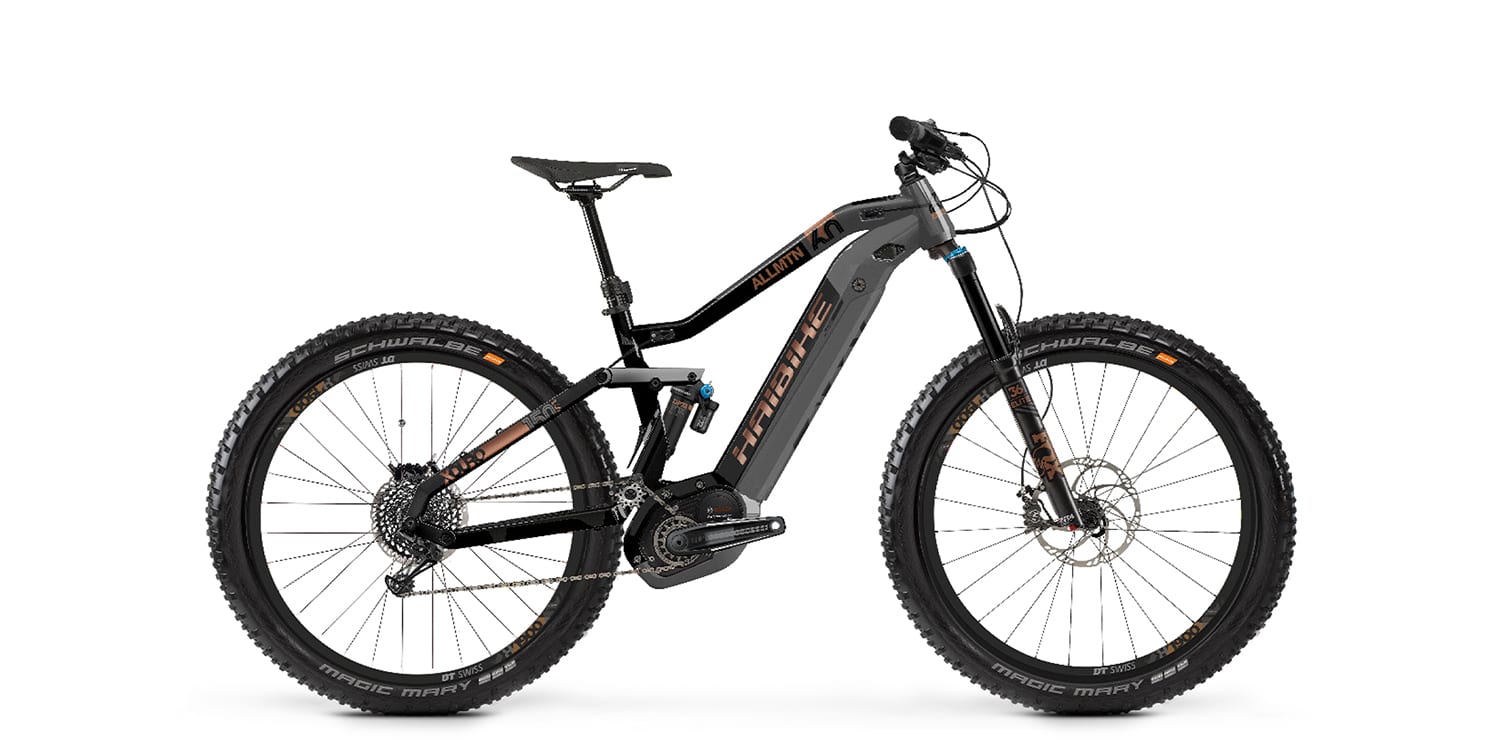
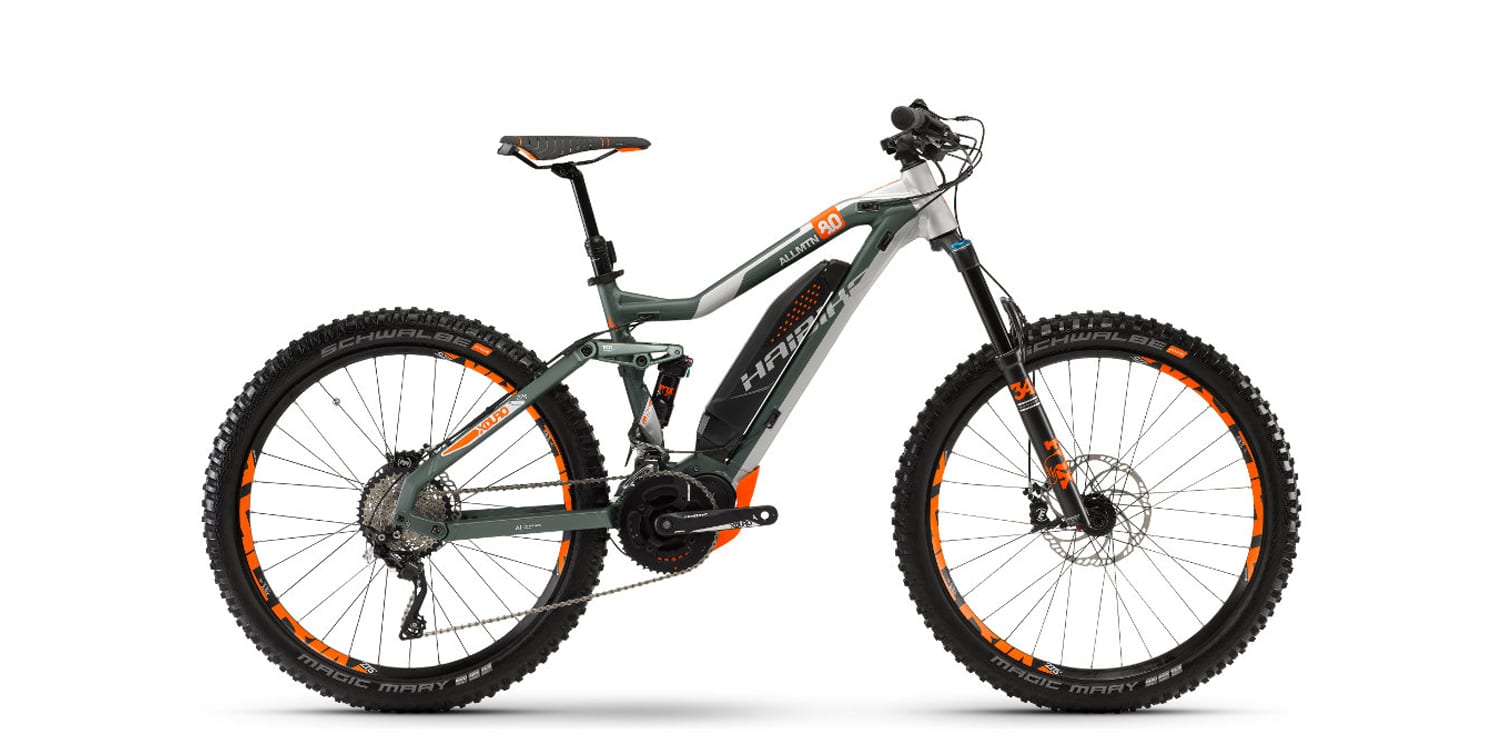
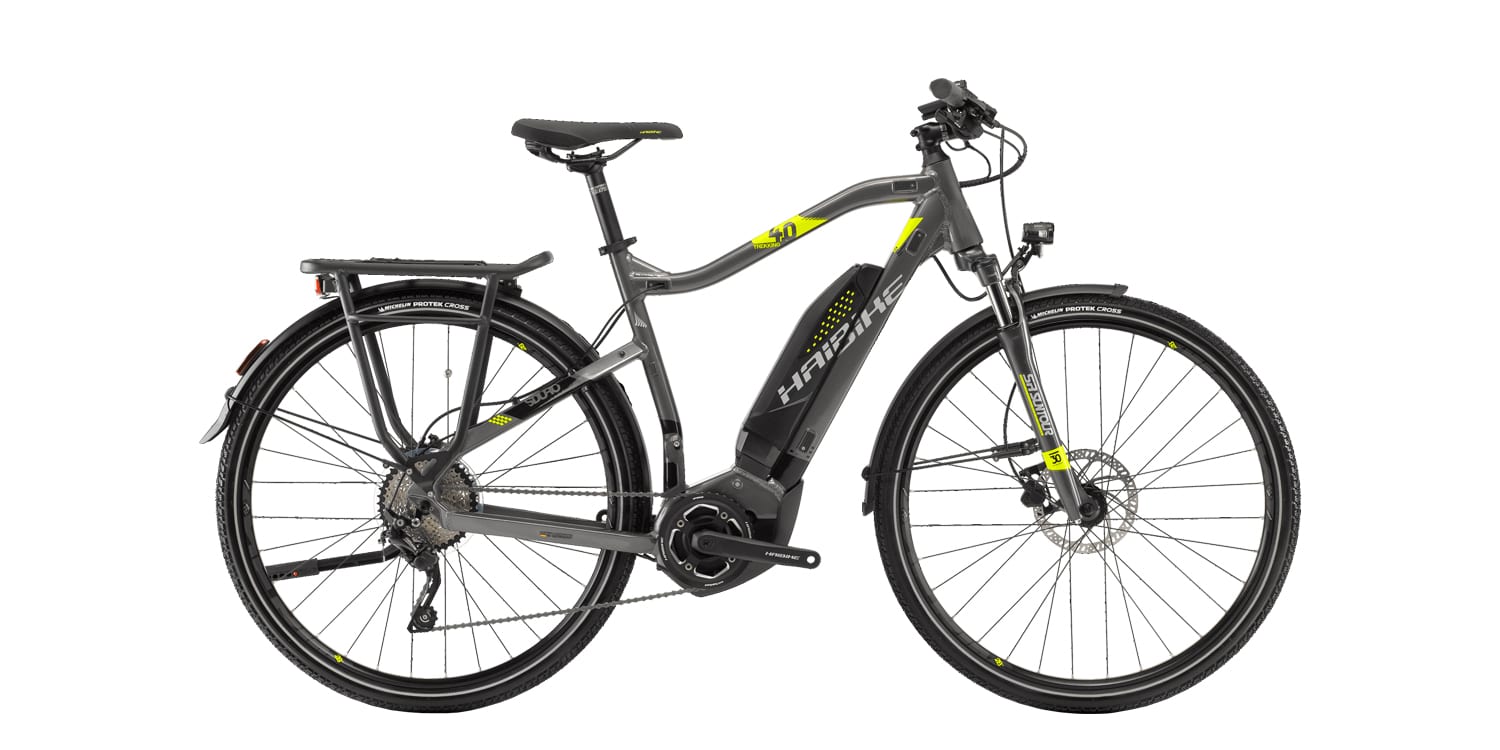
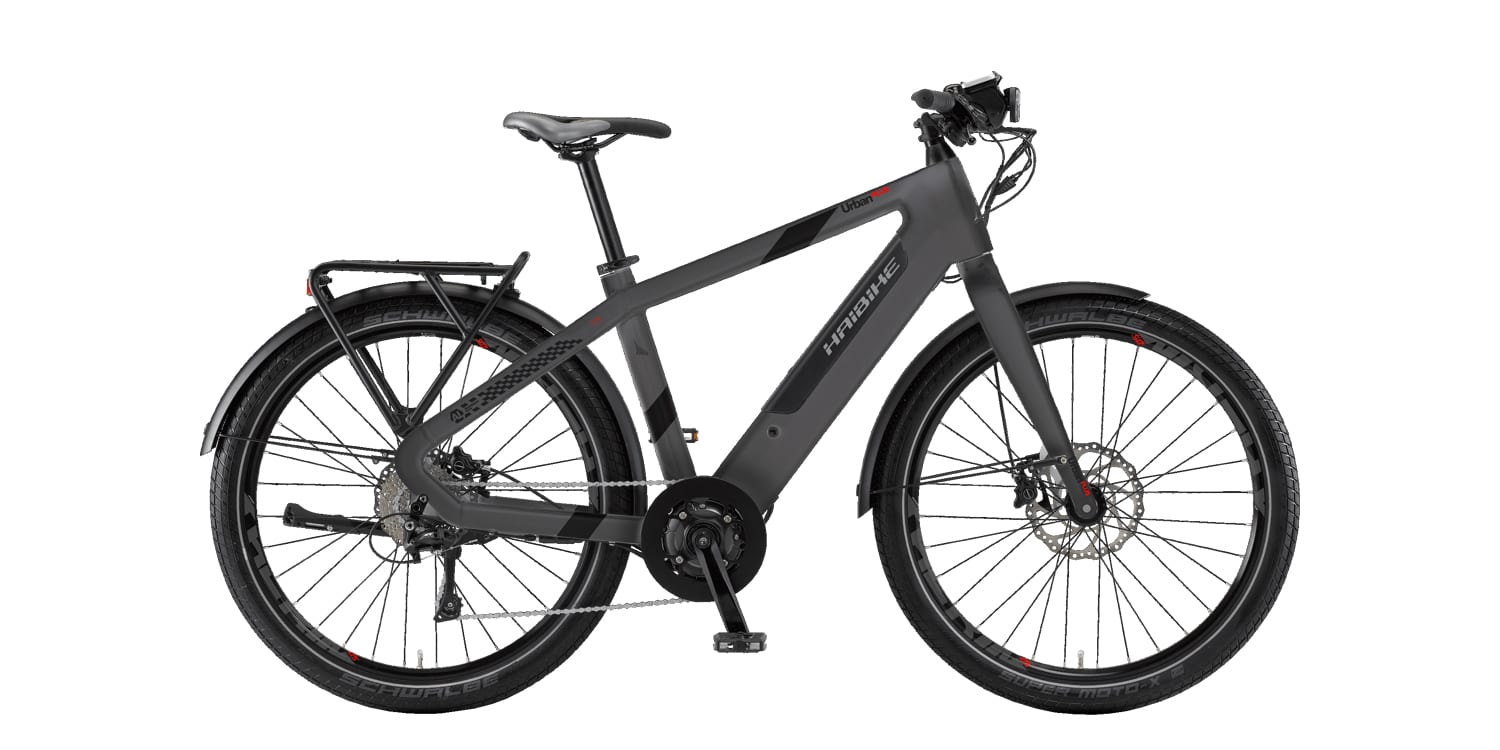
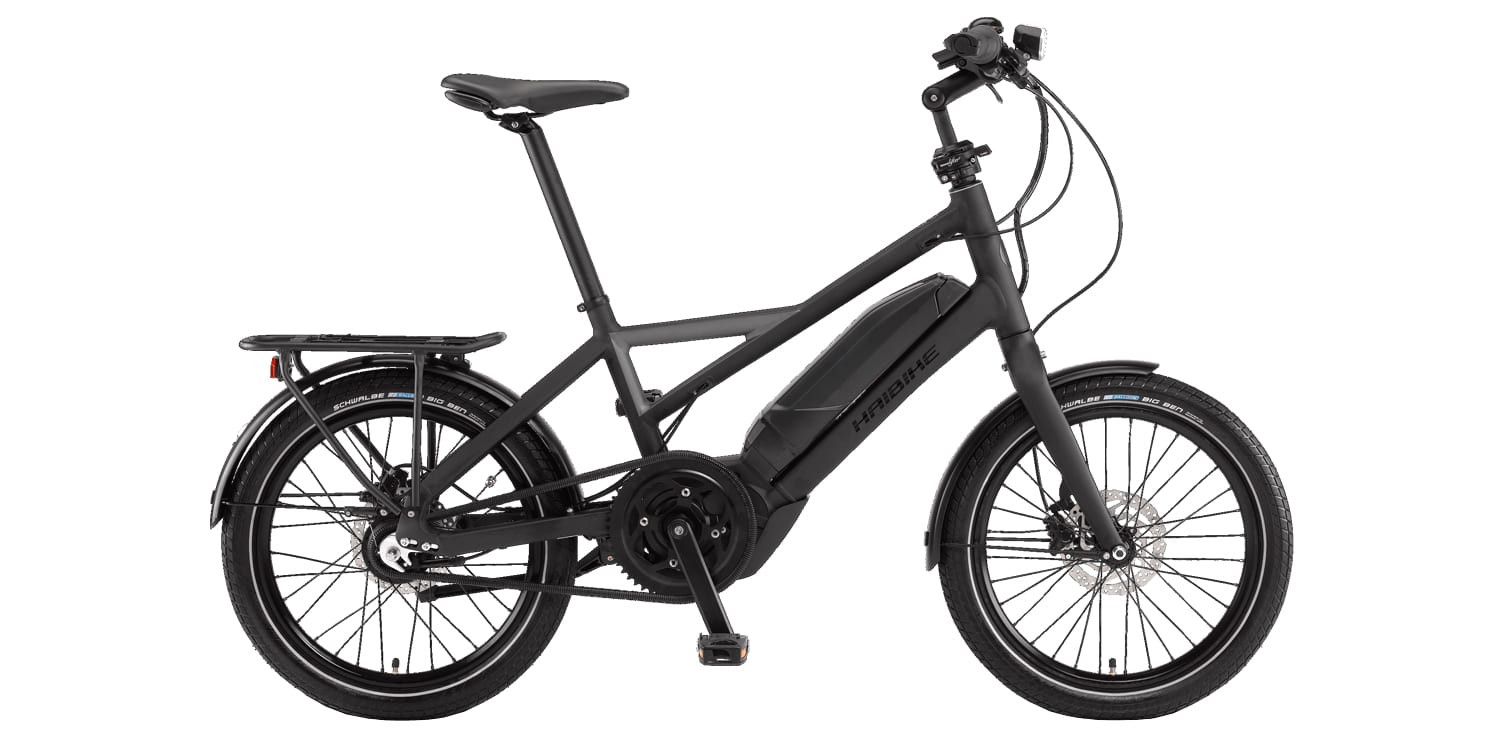
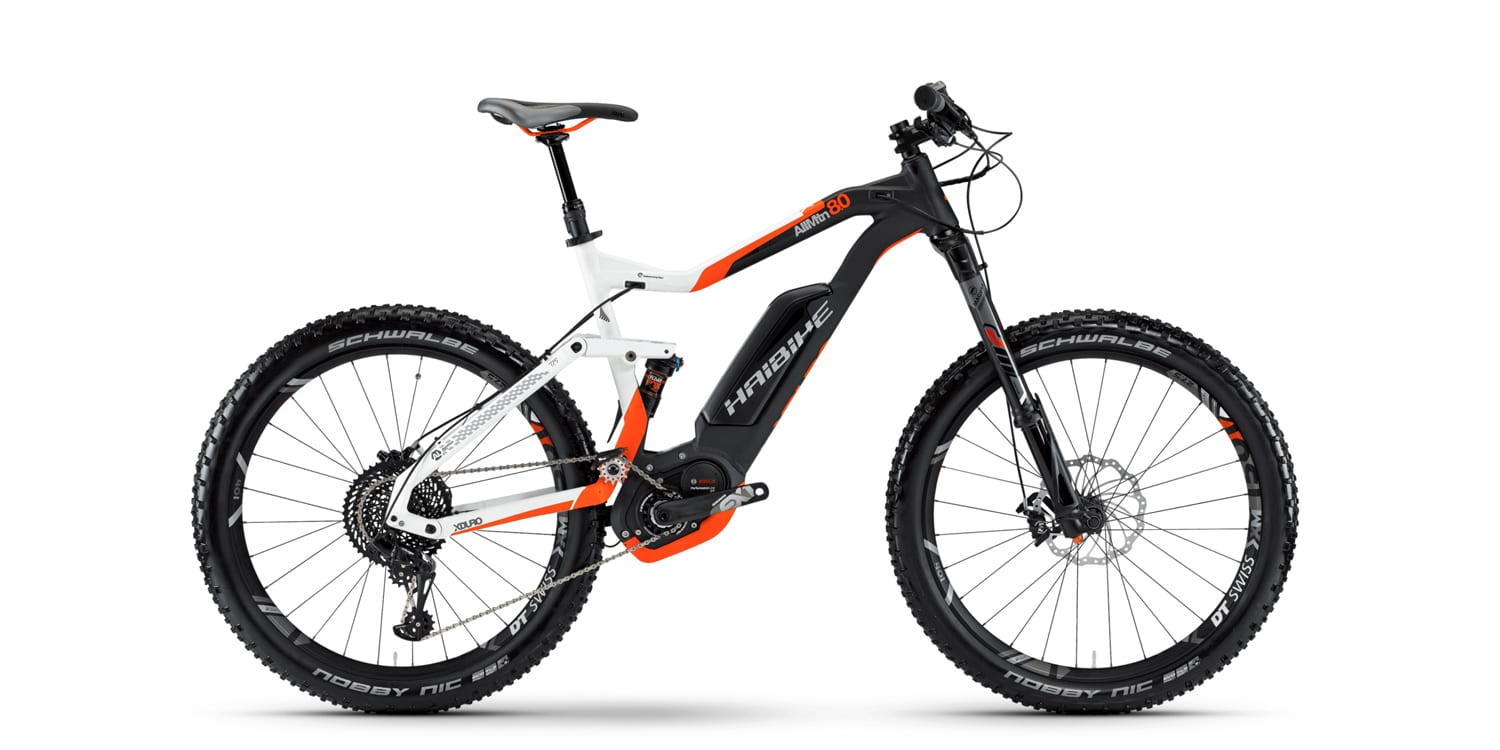
Reader Interactions